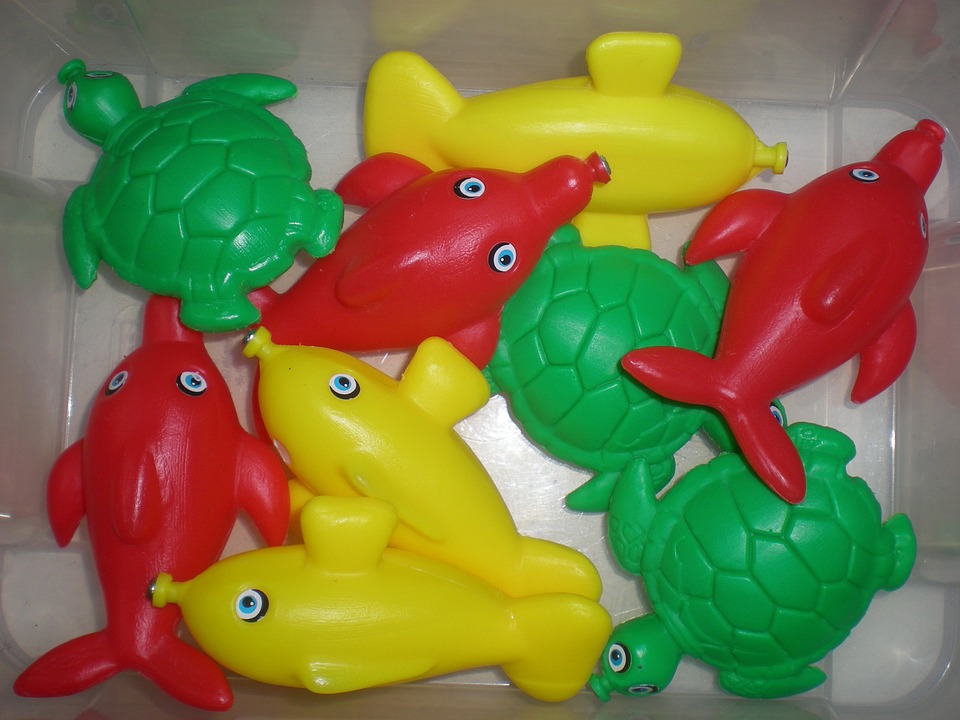Understanding Abnormal Behavior in Fish Tank Fish: Causes and Solutions
As an expert in fish care and with extensive knowledge of SEO, I’m here to provide you with essential information on understanding and addressing abnormal behavior in fish tank fish. Fish, like any other living creature, can exhibit unusual behaviors that may indicate underlying issues. In this article, we will delve into common abnormal behaviors, their potential causes, and effective solutions to ensure your fish’s well-being.
Table of Contents
1. Introduction
2. Common Abnormal Behaviors in Fish Tank Fish
2.1. Excessive Hiding
2.2. Aggressive Behavior
2.3. Erratic Swimming Patterns
2.4. Loss of Appetite
2.5. Gasping for Air at the Water Surface
3. Causes of Abnormal Behavior
3.1. Poor Water Quality
3.2. Inadequate Tank Size
3.3. Incompatible Tankmates
3.4. Improper Nutrition
3.5. Environmental Stressors
4. Solutions to Address Abnormal Behavior
4.1. Regular Water Quality Testing and Maintenance
4.2. Providing Adequate Tank Space
4.3. Selecting Compatible Tankmates
4.4. Offering a Balanced Diet
4.5. Creating a Stress-Free Environment
5. Frequently Asked Questions (FAQs)
5.1. What should I do if my fish is hiding excessively?
5.2. How can I address aggressive behavior among my fish?
5.3. What might cause erratic swimming patterns in fish?
5.4. My fish has lost its appetite. What could be the reason?
5.5. Why do some fish gasp for air at the water surface?
1. Introduction
Fish are captivating pets that bring tranquility and beauty to any home aquarium. However, when fish exhibit abnormal behaviors, it can be concerning for aquarium owners. Understanding the causes behind these behaviors and taking appropriate action is crucial to maintain a thriving aquatic environment.
2. Common Abnormal Behaviors in Fish Tank Fish
2.1. Excessive Hiding
Fish that continually hide may be experiencing stress or discomfort. Identifying the root cause is essential in addressing this behavior.
2.2. Aggressive Behavior
Aggression between fish can disrupt the harmony of your aquarium. Recognizing signs of aggression and finding solutions is vital for the well-being of your fish.
2.3. Erratic Swimming Patterns
Erratic swimming patterns, such as darting or swimming in circles, can indicate various issues. Identifying the cause is crucial to prevent further harm to your fish.
2.4. Loss of Appetite
A loss of appetite in fish can be a symptom of an underlying problem. Promptly identifying and resolving the issue is essential to prevent malnutrition and further health complications.
2.5. Gasping for Air at the Water Surface
Fish gasping for air at the water surface may signify insufficient oxygen levels or poor water conditions. Immediate action is necessary to ensure your fish’s survival.
3. Causes of Abnormal Behavior
3.1. Poor Water Quality
Inadequate water conditions, including high ammonia or nitrite levels, low oxygen levels, or improper pH, can cause stress and abnormal behavior in fish.
3.2. Inadequate Tank Size
Overcrowded tanks limit swimming space and can lead to territorial disputes, stress, and aggressive behavior.
3.3. Incompatible Tankmates
Keeping incompatible fish species together can result in aggressive behavior, stress, and even physical harm.
3.4. Improper Nutrition
A lack of proper nutrition or an unbalanced diet can lead to nutrient deficiencies, weakened immune systems, and abnormal behavior in fish.
3.5. Environmental Stressors
Unsuitable water temperature, excessive noise, inappropriate lighting, or lack of hiding spots can all contribute to stress and abnormal behavior in fish.
4. Solutions to Address Abnormal Behavior
4.1. Regular Water Quality Testing and Maintenance
Maintaining optimal water quality through regular testing, proper filtration, and water changes is crucial for fish health and behavior.
4.2. Providing Adequate Tank Space
Ensure your fish have enough swimming room by providing an appropriately sized tank and avoiding overcrowding.
4.3. Selecting Compatible Tankmates
Research and select fish species that are compatible in terms of temperament, size, and environmental requirements to minimize aggression and stress.
4.4. Offering a Balanced Diet
Provide a varied and nutritionally balanced diet to meet the specific nutritional needs of your fish. Consult a fish care specialist if needed.
4.5. Creating a Stress-Free Environment
Ensure your aquarium setup includes suitable hiding spots, appropriate lighting, and a calm environment to reduce stress and promote natural behavior.
5. Frequently Asked Questions (FAQs)
5.1. What should I do if my fish is hiding excessively?
Excessive hiding may indicate stress, inadequate tank conditions, or illness. Check water parameters, review tank setup, and monitor fish health. Address any issues accordingly.
5.2. How can I address aggressive behavior among my fish?
Separating aggressive fish, providing more hiding spots, and rearranging tank decor can help diffuse aggression. Consult a fish expert for further guidance.
5.3. What might cause erratic swimming patterns in fish?
Erratic swimming patterns can be caused by poor water quality, disease, or inadequate tank conditions. Perform water tests, observe fish behavior, and take appropriate action.
5.4. My fish has lost its appetite. What could be the reason?
A loss of appetite can result from stress, poor water quality, malnutrition, or illness. Evaluate tank conditions, review feeding habits, and consult a fish care professional if necessary.
5.5. Why do some fish gasp for air at the water surface?
Fish gasping at the water surface may indicate low oxygen levels, high ammonia, or other water quality issues. Improve aeration, perform water tests, and address the root cause promptly.
By understanding abnormal behavior in fish and implementing appropriate measures, you can ensure a healthy and harmonious aquarium environment. Always seek professional advice when needed, as every fish species may have unique requirements. Happy fishkeeping!









